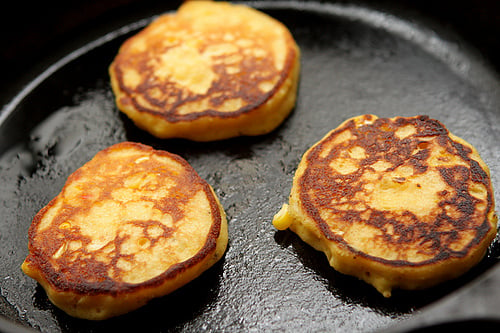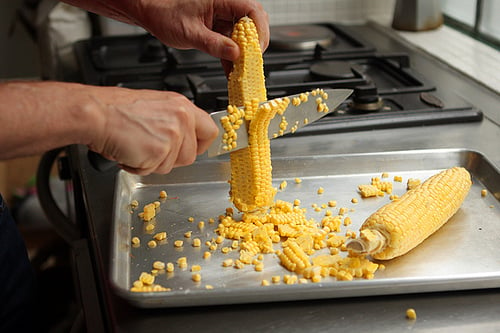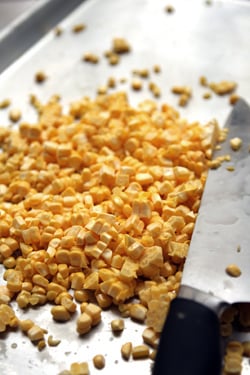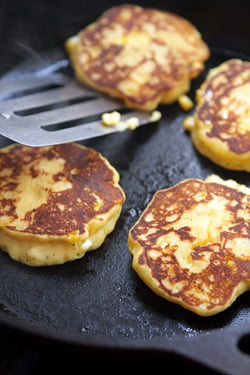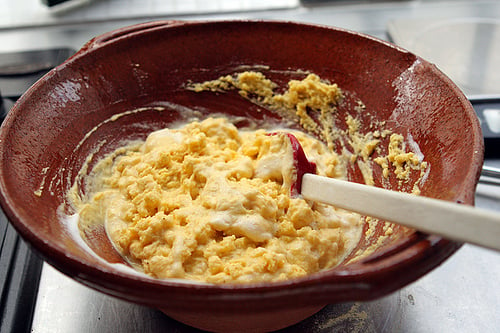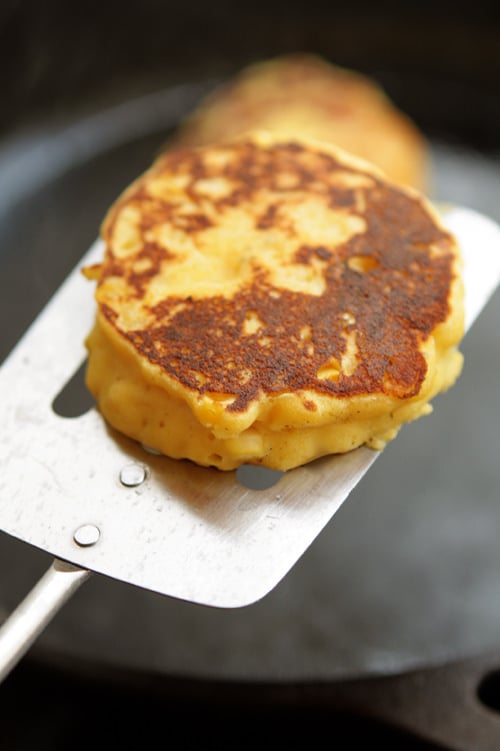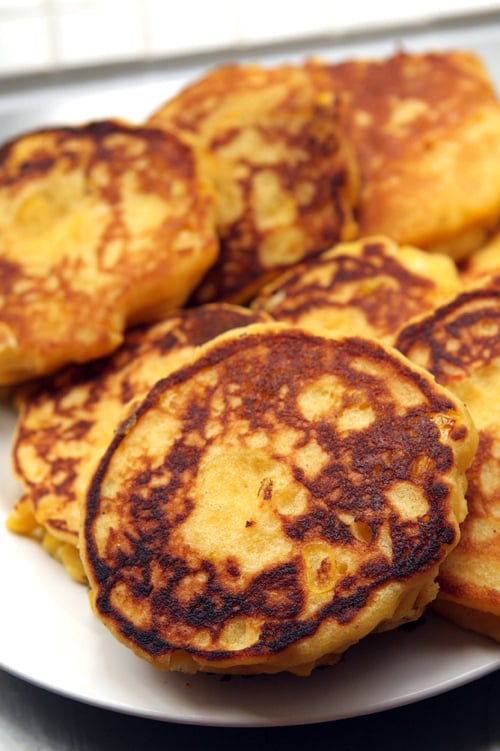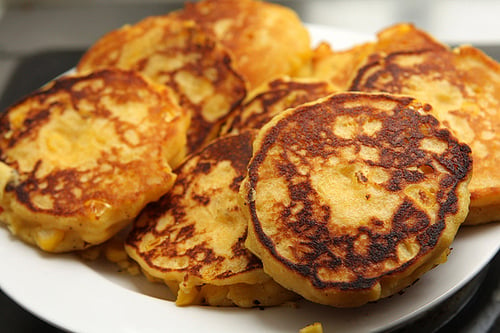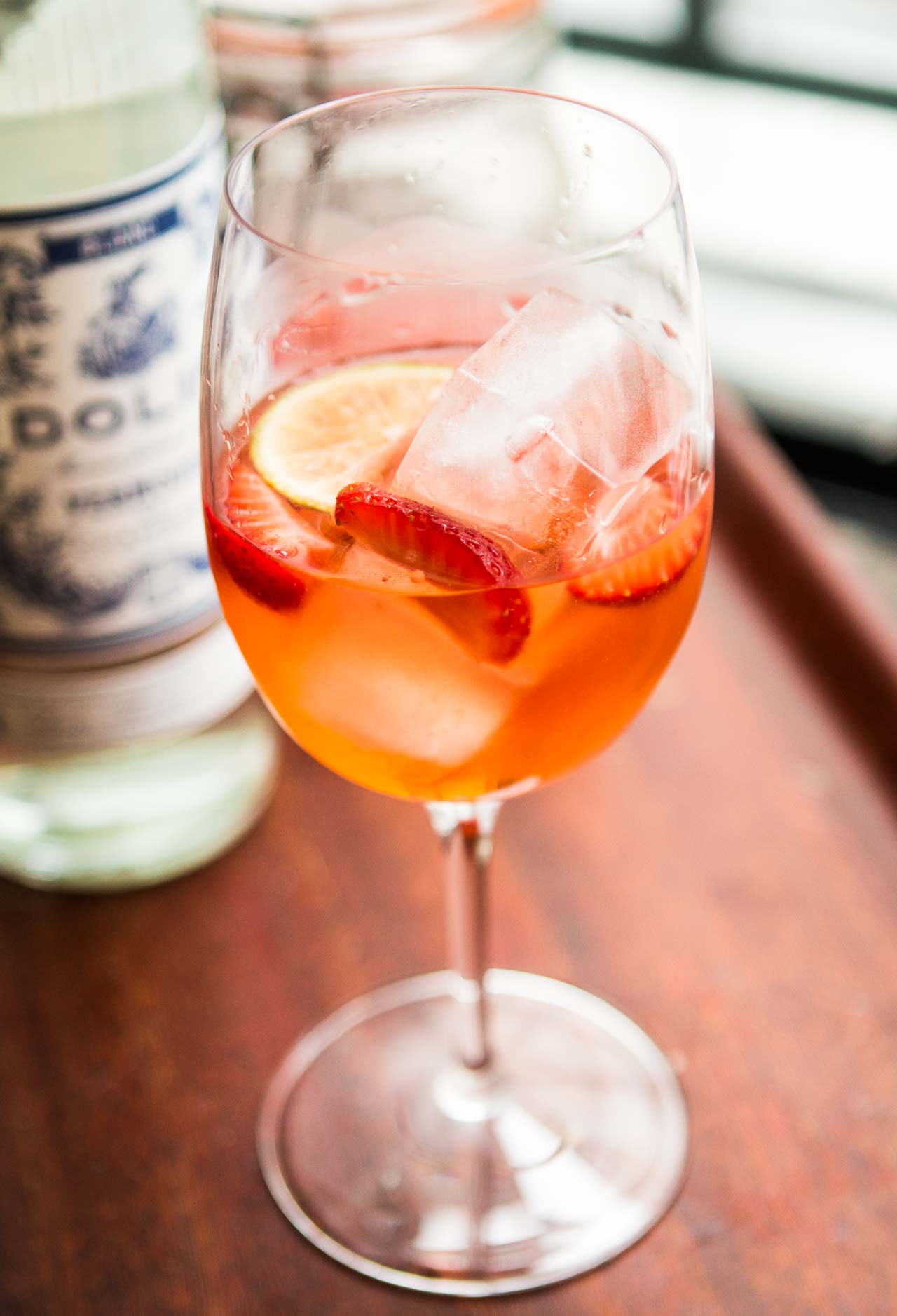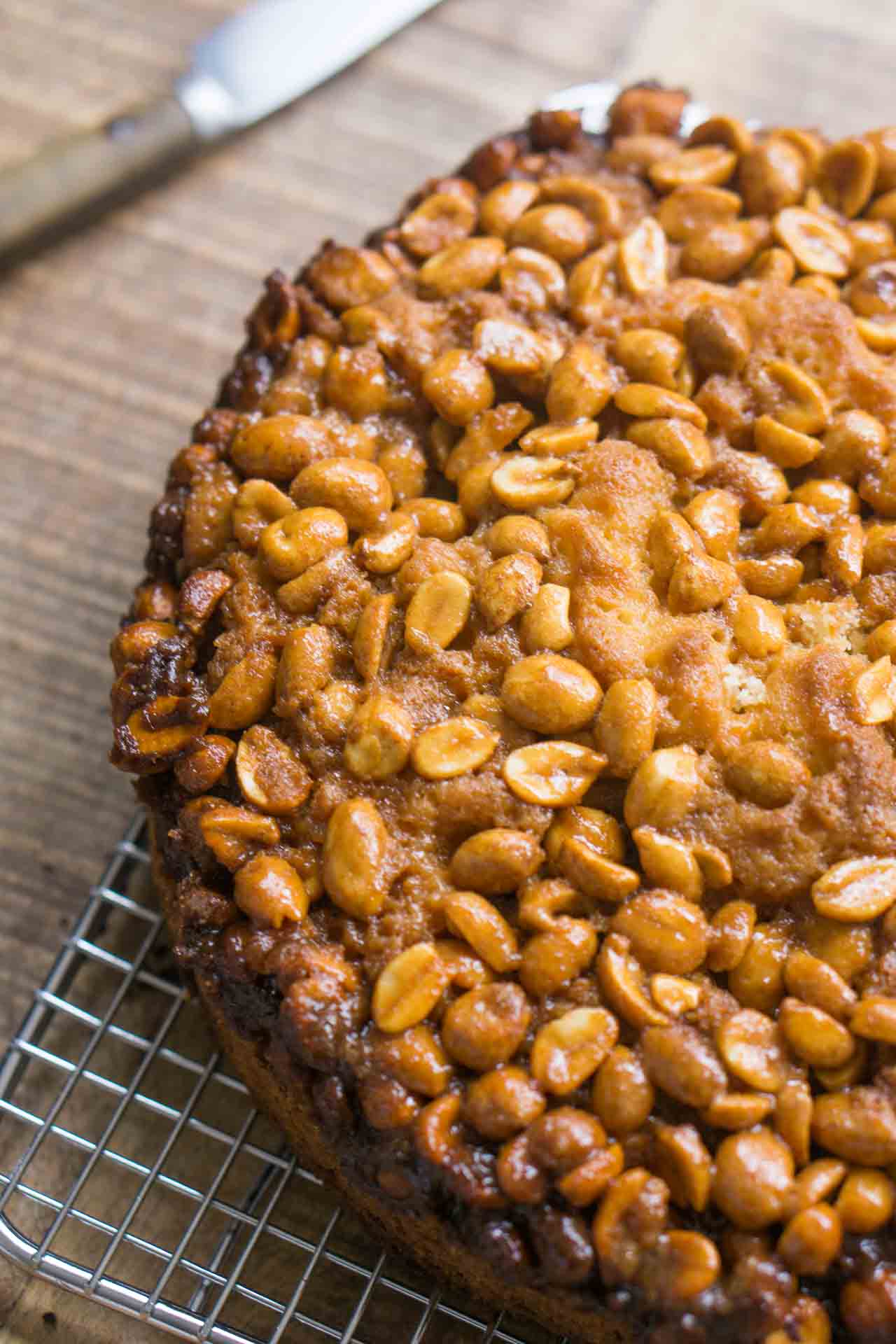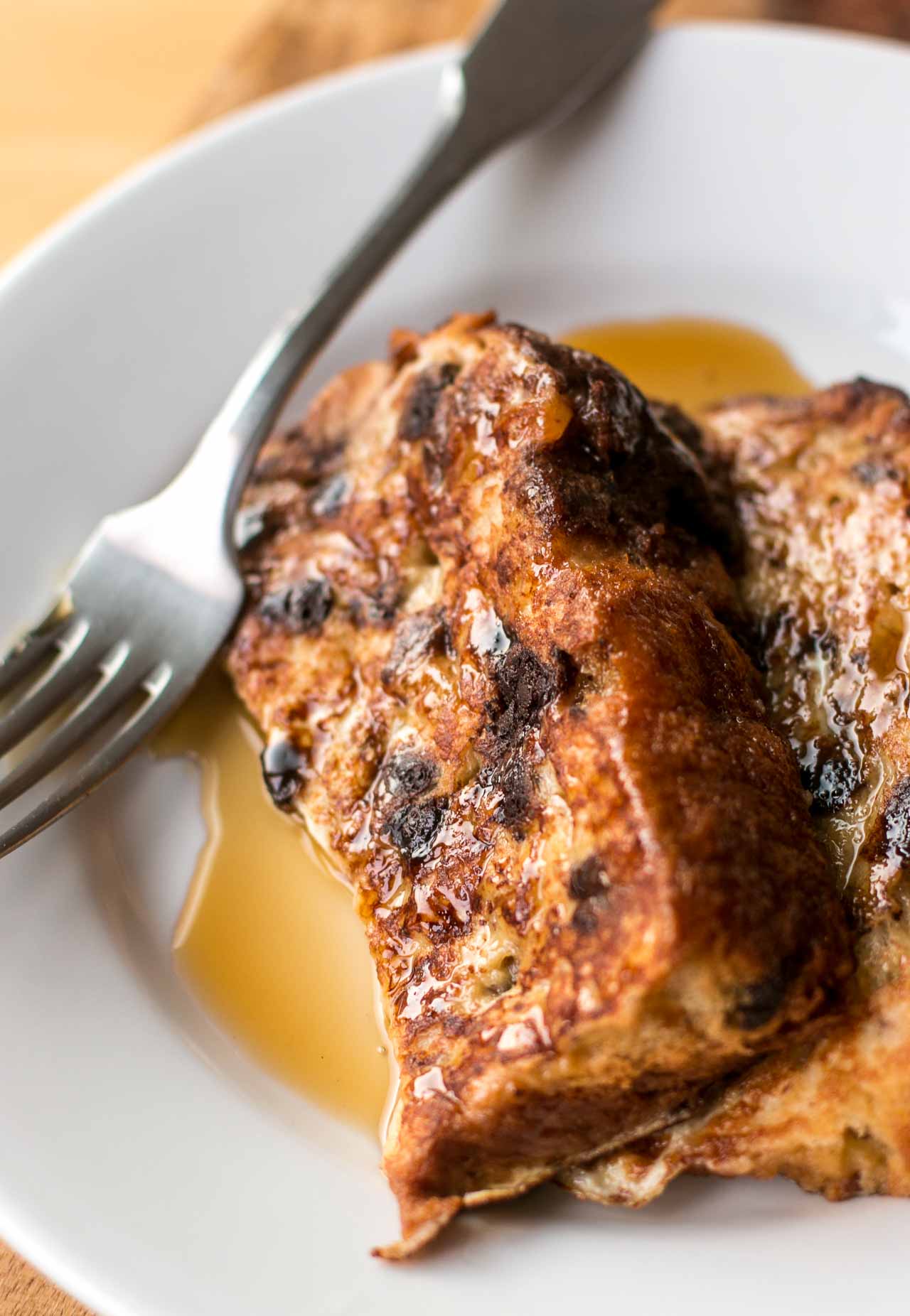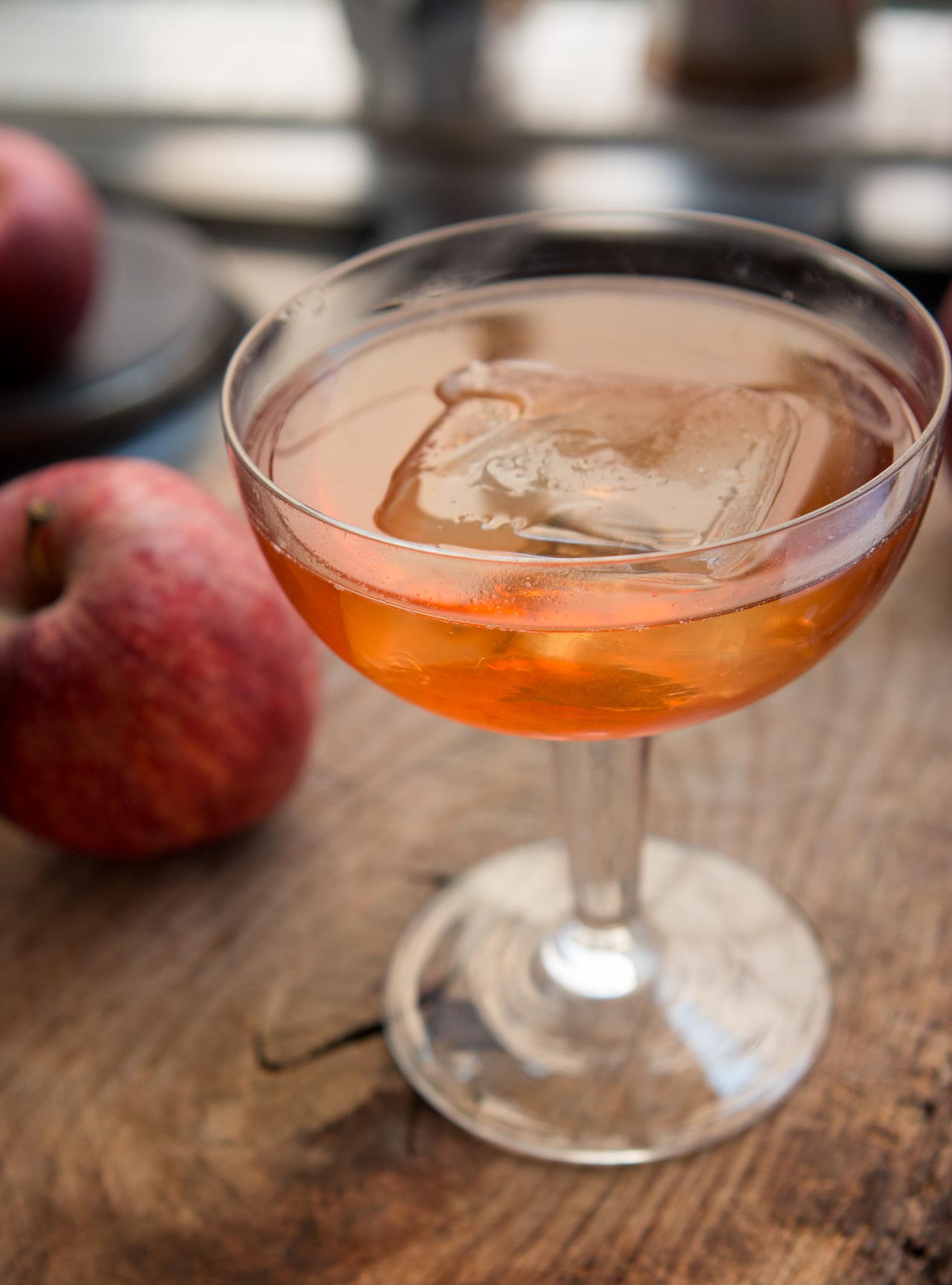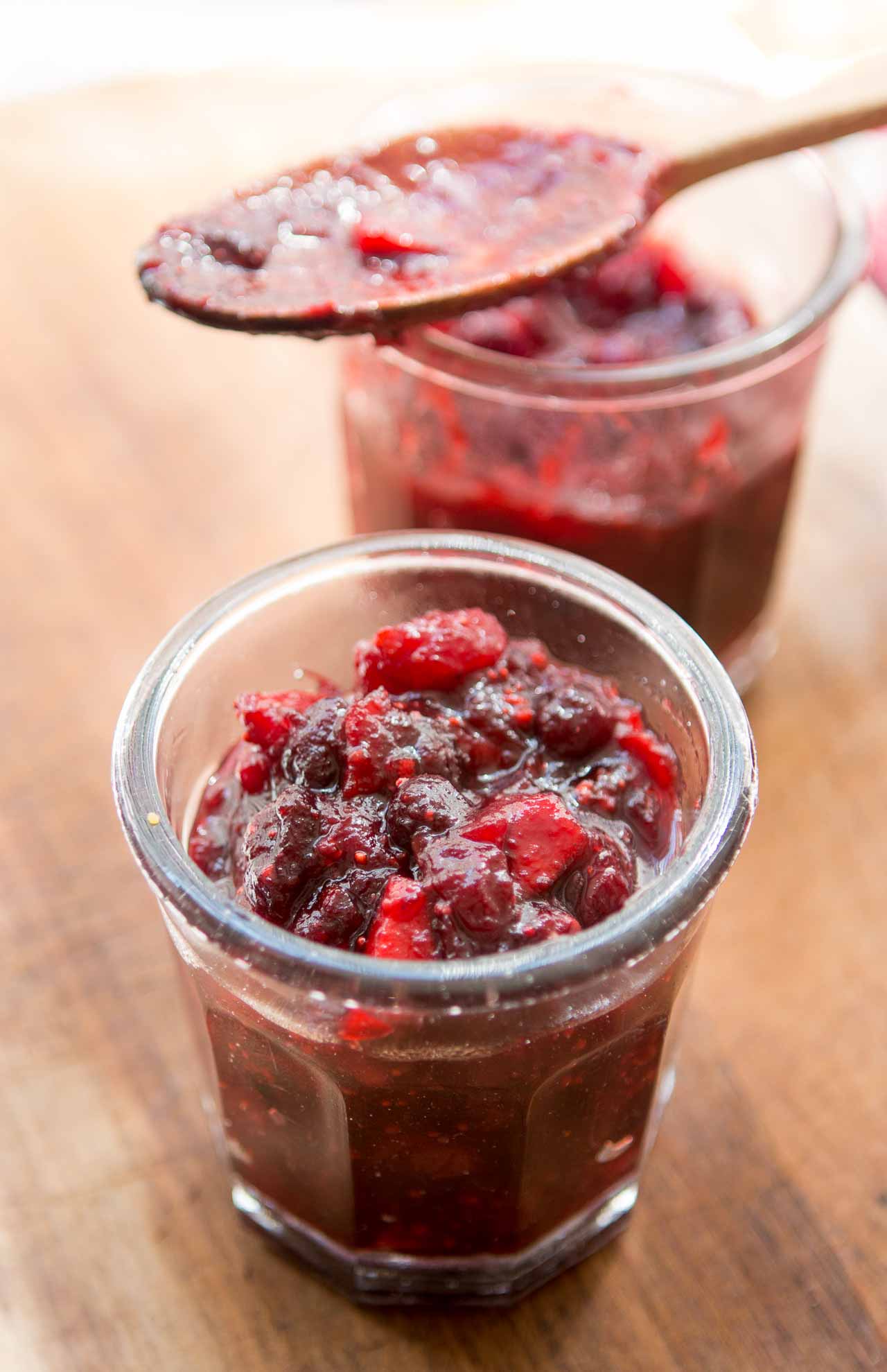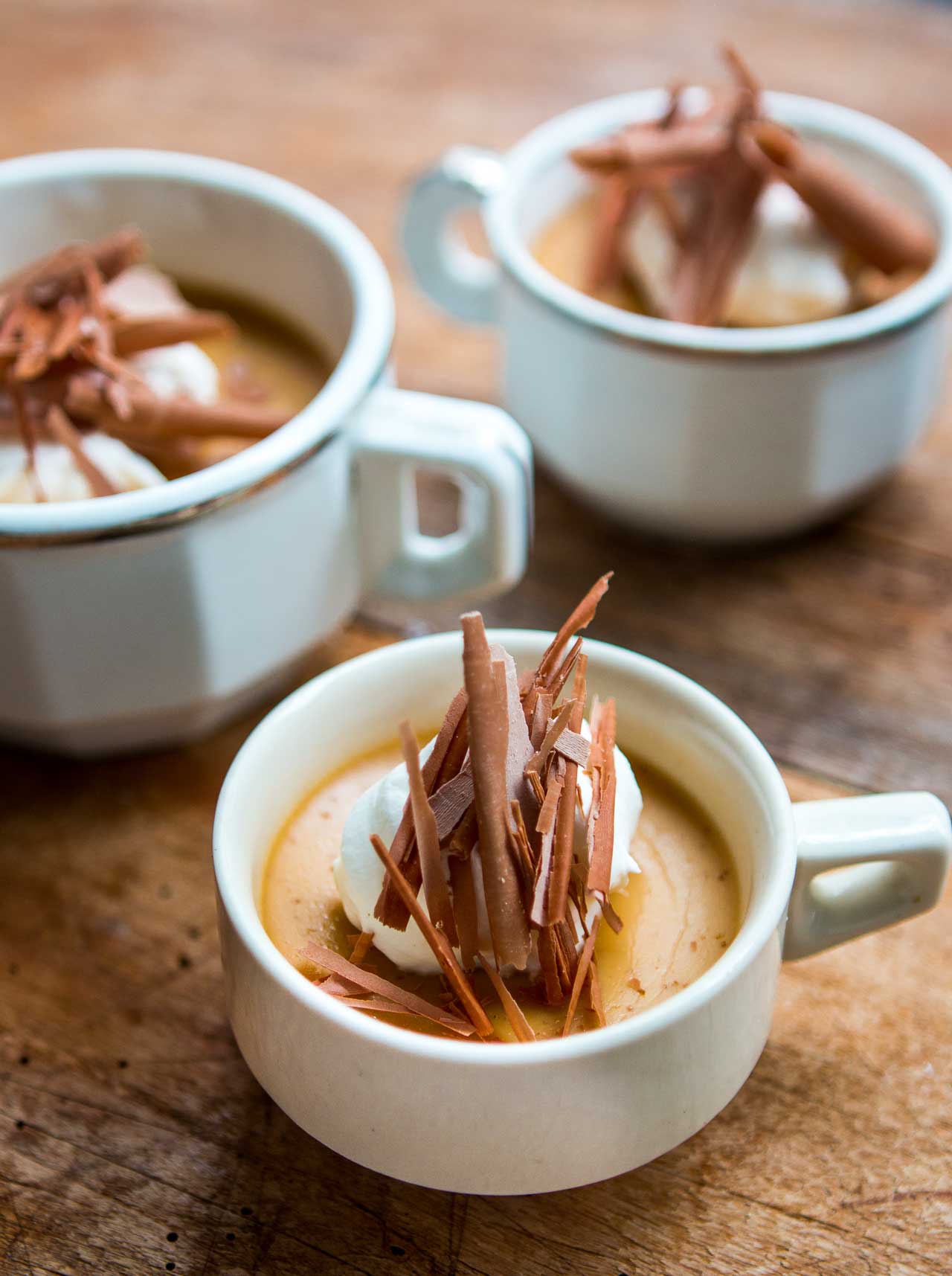Fresh Corn Cakes
No one’s been quite been able to explain the popularity of canned corn in France to me. But the explanation of why fresh corn isn’t familiar – or eaten – is that fresh corn is considered animal feed. Which still doesn’t explain how something isn’t fit for human consumption if it’s raw, but if it’s cooked and canned, that’s another story. And when it’s in that sloshy, soggy state, it’s often found in unfamiliar places – like scattered on pizza or piled up in a salade niçoise.
(Which gives people in Nice fits, because it’s pas respectueuse – you’re only supposed to use raw vegetables in a salade niçoise.)
On the other hand, we Americans can’t get enough fresh corn and come August, most of us living in France who’ve been perfectly content to consume wonderful cheese, bread, and wine for the past eleven months, well, suddenly our seasonal clocks collectively kick in and we develop insatiable cravings for plump, fresh tomatoes and corn on the cob slathered with butter and salt.
So how excited was I when a friend took me to Grand Frais, a giant supermarket near where she lives, which specializes in produce, and I was faced with mounds of fresh corn for just €1,50 ($2) for three ears? And if you bought three, they threw in the fourth one for free. Of course, I couldn’t resist (the corn, and the bargain), and proudly exited the store with a big sack containing a dozen ears of corn.
The funny thing was, when she saw my pile of corn, the cashier asked me what animal I was going to feed it to…and I don’t think she was expecting me to point to my friends when she mentioned the word “animals.” I tried to tell her how good fresh corn was, as I’m often wont to do around here (I guess I’m hopelessly Californian – always trying to raise awareness of neglected issues…) but stopped when she told me she didn’t like any vegetables, because she didn’t like the smells of them when they were cooking.
I’ll chalk that up to a curious paradox of someone lucky enough to work in a well-stocked produce store, but was thrilled for myself (and the two-legged animaux I had in tow), and couldn’t wait to smell the corn roasting on the wood-burning fire that we were cooking dinner over later that night.
Although we ate our fill of corn, I must be rusty because I didn’t realize how much twelve ears of corn would yield. (In case you’re on a quiz show, each large ear will give you about 1 cup of kernels, or 150g.) So I needed to find a few other creative ways to use the rest of it.
I turned to my trusty volume of Chez Panisse Vegetables, a wonderful treatise on using all the great vegetables that show up during the four seasons in California, which I dip into frequently, for old time’s sake. In spite of making me a little wistful for all those gorgeous ears of Silver Queen corn and heirloom tomatoes that we used to get at the restaurant all summer, I get my taste of California here in Paris, and continued to spread the word of fresh corn at a dinner party/picnic that I was invited, hosted by a vegetarian friend, and these certainly fit the bill.
In addition to the corn, the other magic ingredient in these tasty corn cakes is corn flour, which is different from corn meal and corn starch; it’s similar in texture to wheat flour, but it is sunny yellow and makes the corn cakes even more corny.
Corn Cakes
- 1 1/2 cups (235g) corn flour, (see Note below)
- 1 1/2 teaspoon baking powder, preferably aluminium-free
- 3/4 teaspoon salt
- 1/8 teaspoon chile powder or cayenne
- 4 tablespoons (55g) unsalted butter, at room temperature, cubed
- 1 cup (250ml) whole or lowfat milk
- 1 tablespoon honey
- 2 cups (2 cobs, 300g) fresh corn, (frozen can be used; don't defrost before using)
- optional: a spoonful of freshly chopped chile peppers
- 2 large eggs, separated
- 1 large egg white
- Whisk together the corn flour, baking powder, salt and chile powder in a large bowl.
- In a small saucepan, heat the butter with the milk and honey, until the butter is melted. Set aside until tepid, then make a well in the center of the dry ingredients and stir in the milk mixture, the 2 egg yolks, the corn, and the chopped chile, if using.
- In a clean, dry bowl, beat the 3 egg whites until stiff and they hold their shape, then fold them completely into the corn mixture.
- Heat some butter in a skillet. When hot, spoon batter in mounds into the pan, spaced apart – making as many as will comfortably fit in the pan. (I used a spring-loaded ice cream scoop, which holds about 1/4 cup, 60ml, of batter. You can use a large spoon if you wish.) Flatten them slightly if the batter is too rounded.
- Let the corn cakes cook until browned on the bottom and starting to bubble around the edges. Flip the corn cakes with a spatula and cook on the other side for about a minute, until lightly browned on the reverse side.
